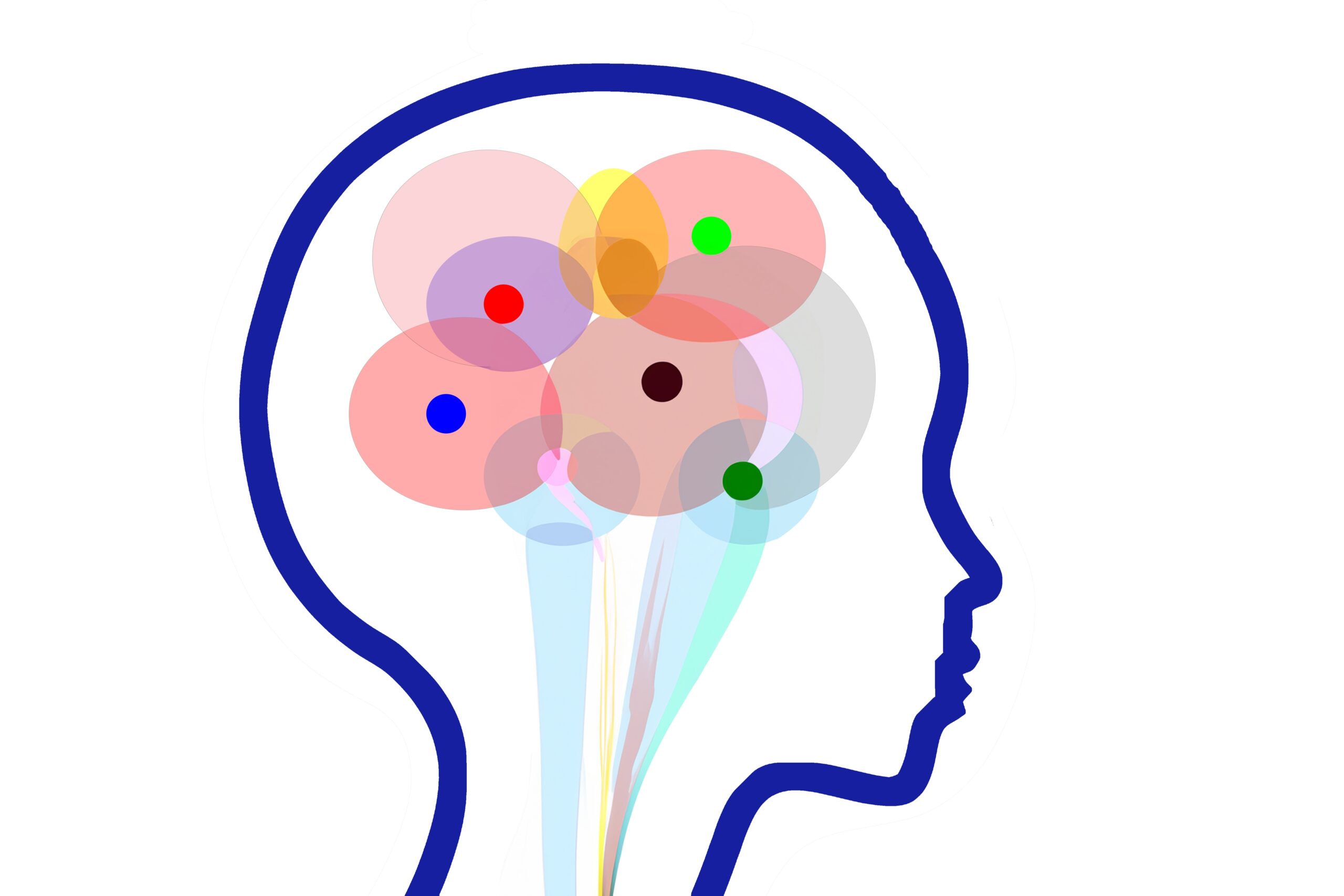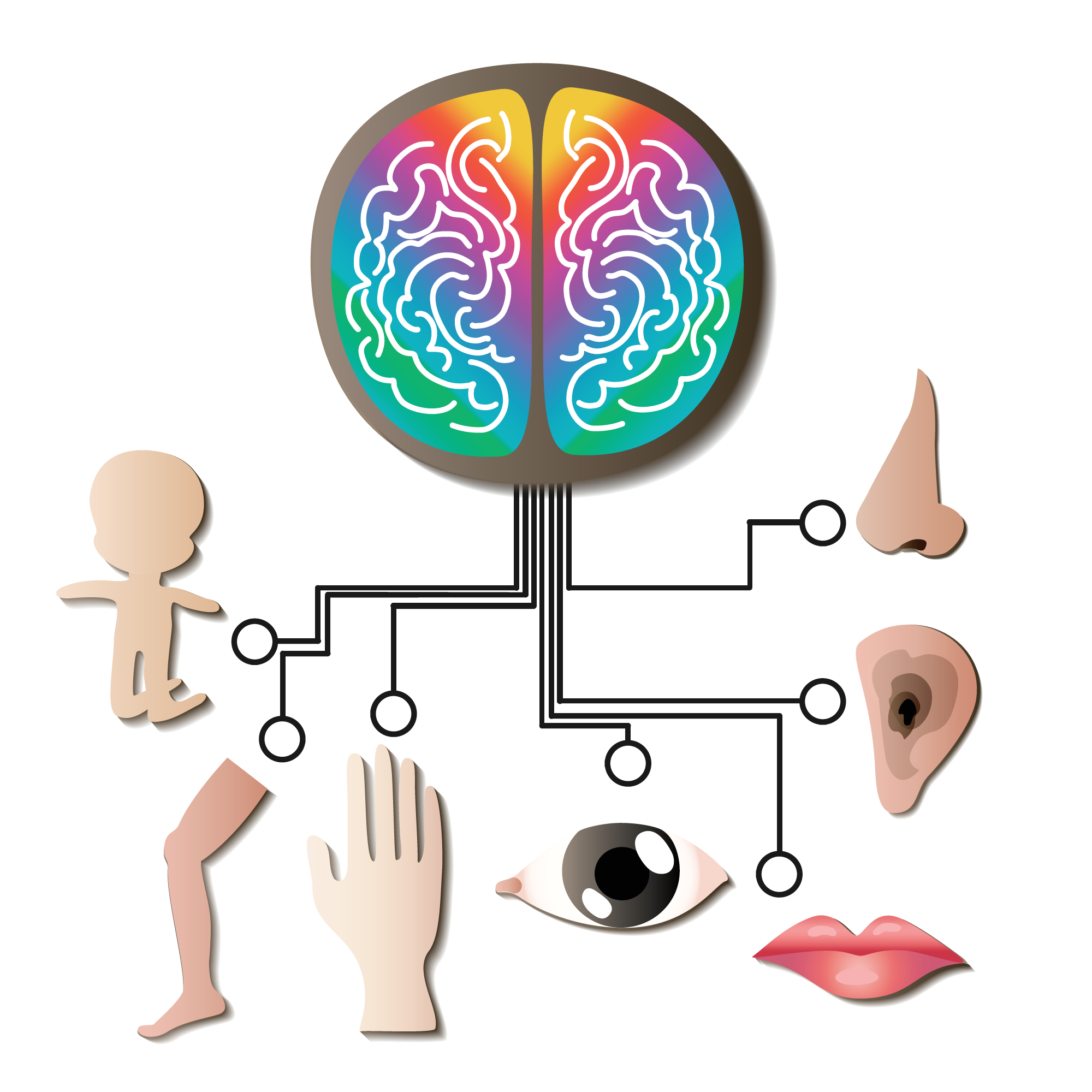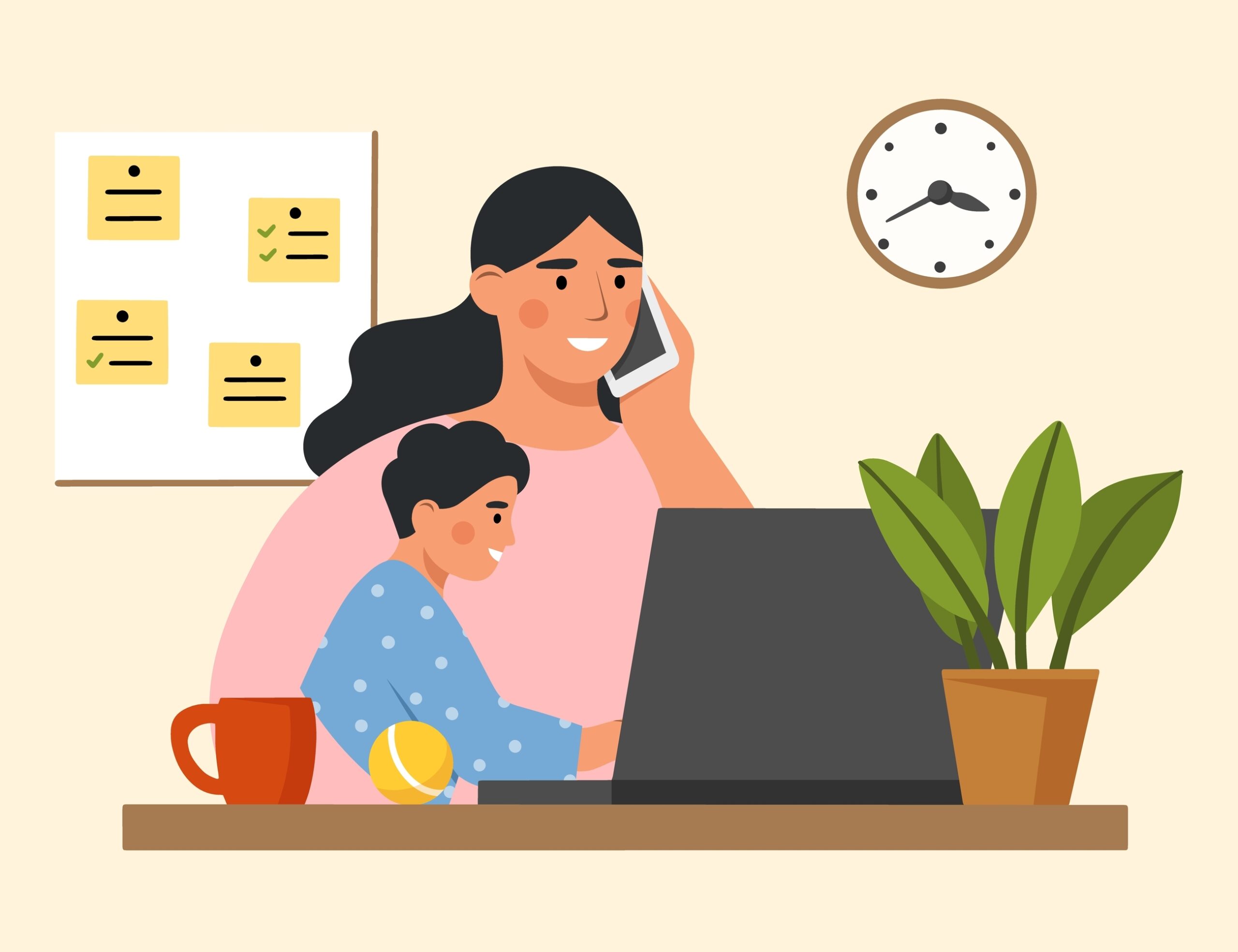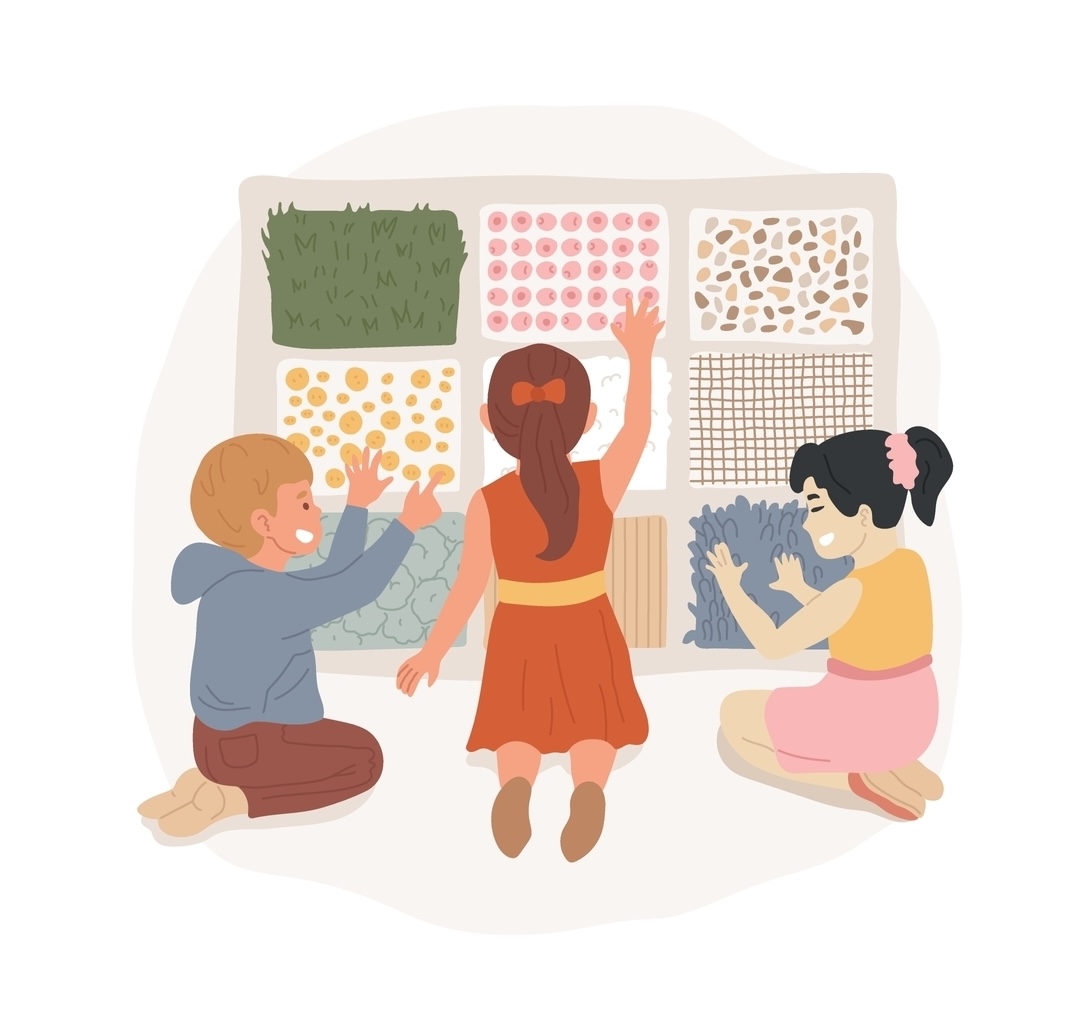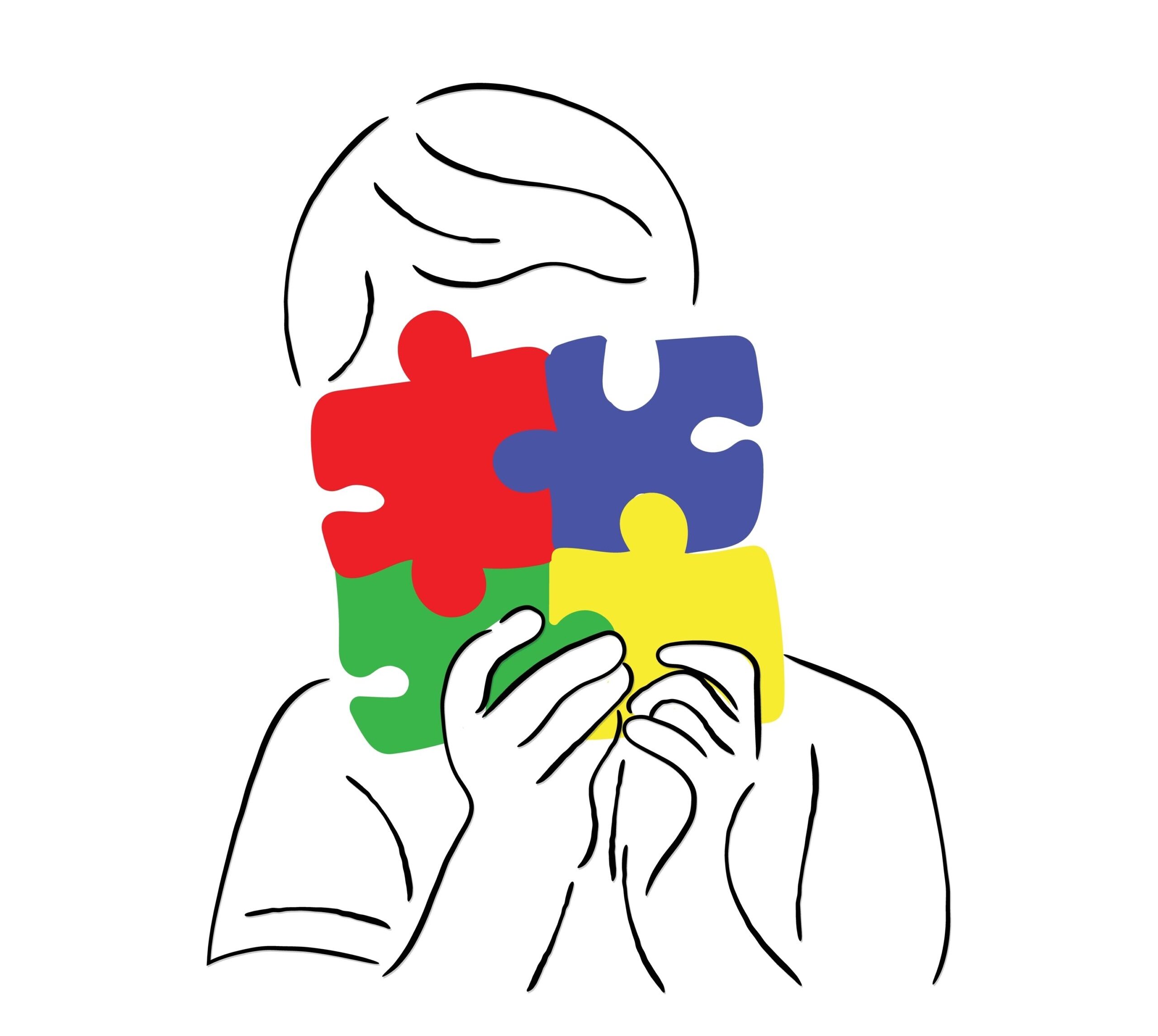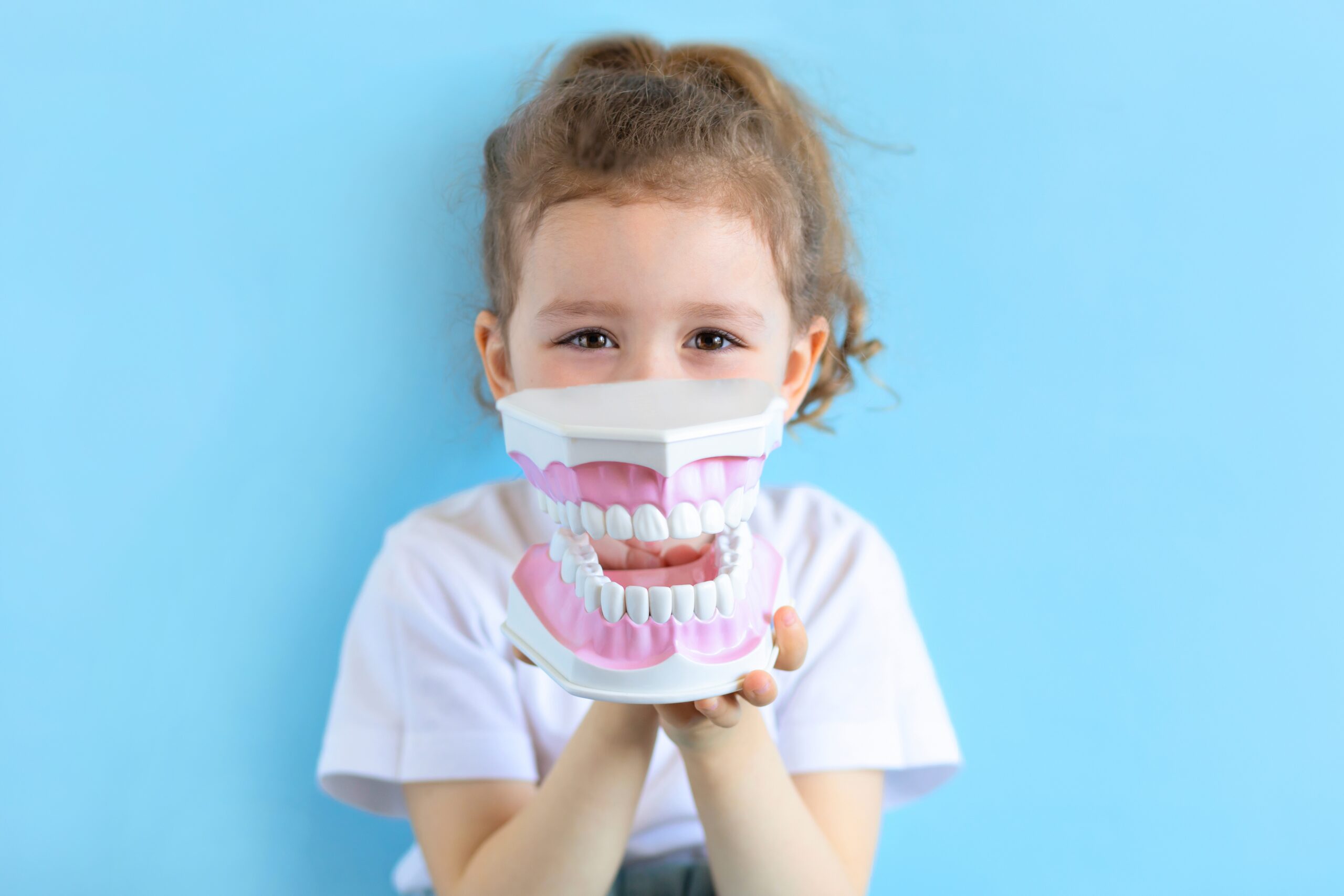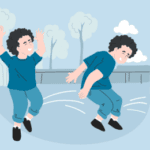
Blog
What is Sensory Processing Disorder and Why is it Important?
Author: DrSensory
January 15, 2025
What is Sensory Processing Disorder and Why is it Important?
Sensory Processing Disorder (SPD) affects how individuals interpret and respond to sensory input from the environment. For those who experience this condition, everyday sights, sounds, textures, and other sensory stimuli can become overwhelming or, conversely, underwhelming. SPD does not discriminate—it affects children and adults alike, requiring a nuanced understanding from parents, educators, and therapists. By exploring SPD in detail, this article aims to shed light on its complexities and emphasize the importance of awareness, early detection, and appropriate interventions.
Understanding Sensory Processing Disorder
Sensory Processing Disorder occurs when the brain faces challenges in processing and responding to the information gathered by sensory systems. At its core, SPD interferes with the body’s ability to organize sensory input into appropriate responses, impacting daily activities and overall quality of life. For those affected, what may seem like minor sensory details to others could provoke significant distress or unusual reactions.
Understanding SPD begins with recognizing that it exists on a spectrum. Each individual may experience varying degrees of hypersensitivity (over-responsiveness) or hyposensitivity (under-responsiveness) to stimuli. No two individuals with SPD are the same, necessitating personalized approaches for care and support.
Exploring the Sensory Systems
To fully grasp SPD, one must first understand how sensory processing works in the human body. Most are familiar with the five primary senses—sight, hearing, smell, taste, and touch. However, SPD extends beyond these commonly understood sensory inputs to include two lesser-known senses:
- Proprioception (body position sense): This refers to the awareness of body position and movement in space. Difficulties in this area can lead to clumsiness or a need for extra effort to coordinate movements.
- Vestibular Sense (balance and spatial orientation): A dysfunction in the vestibular system can affect balance and movement, often resulting in either excessive fear of movement or a constant craving for fast-paced activities.
For individuals with SPD, these sensory systems may not function as expected. For example, one child may find the texture of clothing unbearable, while another may have no reaction to loud noises but actively seek tactile input like rough textures. Such variability demonstrates that SPD manifests uniquely in each person, further underscoring the importance of personalized understanding and support.

Recognizing the Signs and Symptoms of SPD
Identifying SPD requires careful observation of behaviors and sensory responses. Although no definitive checklist exists due to the disorder’s spectrum-like nature, common signs include:
- Over-responsiveness: Extreme sensitivity to specific stimuli, such as avoiding certain sounds, textures, or bright lights.
- Under-responsiveness: A lack of reaction to sensory input, such as ignoring pain, not noticing when touched, or seeking excessive sensory stimulation.
- Sensory Seeking Behaviors: An intense craving for specific sensations, such as constantly jumping, spinning, or touching objects.
- Behavioral Challenges: Difficulty regulating emotions, unexpected meltdowns, or frustration in sensory-rich environments such as classrooms or busy public spaces.
These signs often vary in intensity and trigger points depending on the child or adult. Educators, therapists, and parents should approach such behaviors with empathy and a willingness to explore potential underlying causes.
Diagnosing Sensory Processing Disorder
Diagnosing SPD is a multifaceted process that involves collaboration among parents, caregivers, educators, and qualified professionals. Early observation plays a critical role—parents and teachers noticing unusual reactions to sensory stimuli can provide valuable initial insights.
Assessment typically requires a comprehensive evaluation by an occupational therapist trained in sensory integration. These specialists analyze sensory behaviors across multiple environments to determine if a child exhibits patterns consistent with SPD, such as avoiding sensory input, excessively seeking it, or inconsistent responses.
Educators, particularly, must understand SPD’s nuances to advocate for appropriate accommodations in classrooms. Collaborative efforts between families, educational staff, and therapists can create optimal learning environments where children feel supported and can thrive academically and socially.

Why Early Detection and Intervention Matter
Like many developmental challenges, early detection of SPD is crucial. Identifying and addressing sensory processing difficulties during early childhood can greatly improve outcomes for those affected. Research shows that children who receive early intervention are better equipped to develop adaptive strategies and self-regulation skills, which aid them in managing sensory input with less difficulty.
By implementing strategies such as sensory diets, tailored therapy sessions, and classroom accommodations, professionals can empower individuals with SPD to lead more comfortable, independent lives. Early action not only enhances quality of life but also reduces the risk of secondary issues such as diminished self-esteem, academic challenges, or social withdrawal.
Strategies for Supporting Individuals with SPD
Supporting those with SPD involves a combination of professional intervention and everyday strategies that parents, educators, and therapists can adopt. Below are practical approaches for creating more inclusive environments:
At Home
- Create a “sensory-friendly” area where children can retreat if overwhelmed—this might include soft lighting, noise-canceling headphones, or weighted blankets.
- Use sensory tools suitable to the child’s specific needs, such as fidget toys, swings, or sensory bins.
- Implement a consistent routine to reduce unpredictability, which can heighten sensitivity for some children.
At School
- Allow for sensory breaks during the school day, such as movement breaks or quiet time.
- Incorporate flexible seating arrangements to accommodate students with vestibular or proprioceptive needs.
- Educate staff about SPD to foster a greater understanding and reduce stigma around sensory-based behaviors.
During Therapy
- Seek professional help from therapists specializing in sensory integration, such as occupational, speech, or physical therapists.
- Use the DrSensory Therapist Database and Clinic Directory to find qualified experts in your area.
- Set measurable goals during therapy sessions, focusing on improving coping mechanisms and functional skills.
These targeted strategies, alongside patience and empathy, create a supportive ecosystem that encourages individuals with SPD to flourish.

Community Support and the Role of Awareness
Raising awareness about Sensory Processing Disorder remains a vital step in establishing inclusive environments. Both parents and educators play a critical role by fostering compassion within their communities and advocating for equity in schools, shared spaces, and treatment access.
Organizations, advocacy groups, and databases like the DrSensory Therapist Database and Clinic Directory encourage ongoing collaboration among professionals and families. This collective effort ensures that individuals with SPD receive the resources needed to live full, meaningful lives.
Take the Next Step Today
Sensory Processing Disorder is a complex and deeply personal challenge for those affected, as well as for their families. By promoting understanding, early intervention, and inclusive practices, we can help individuals with SPD lead fulfilling and empowered lives.
If you suspect that a loved one or student may have SPD, start by searching for a qualified therapist in the DrSensory Therapist Database and Clinic Directory. Professional guidance can pave the way for a brighter future, where every individual feels seen, supported, and valued.
related blogs
Your child is constantly moving, crashing into furniture, or having meltdowns in response to seemingly minor things like a loud
Your toddler refuses to wear certain clothes, has huge meltdowns in noisy places, or is an extremely picky eater, limited
Your child seems to miss verbal instructions, struggles to follow conversations in noisy environments, and often asks "what?" even when
On the surface, autism and Ehlers-Danlos syndrome (EDS) might seem like two entirely unrelated conditions. One is a neurodevelopmental condition
The intense head pain begins, lights feel blindingly bright, and every sound seems amplified to an unbearable level. You retreat



